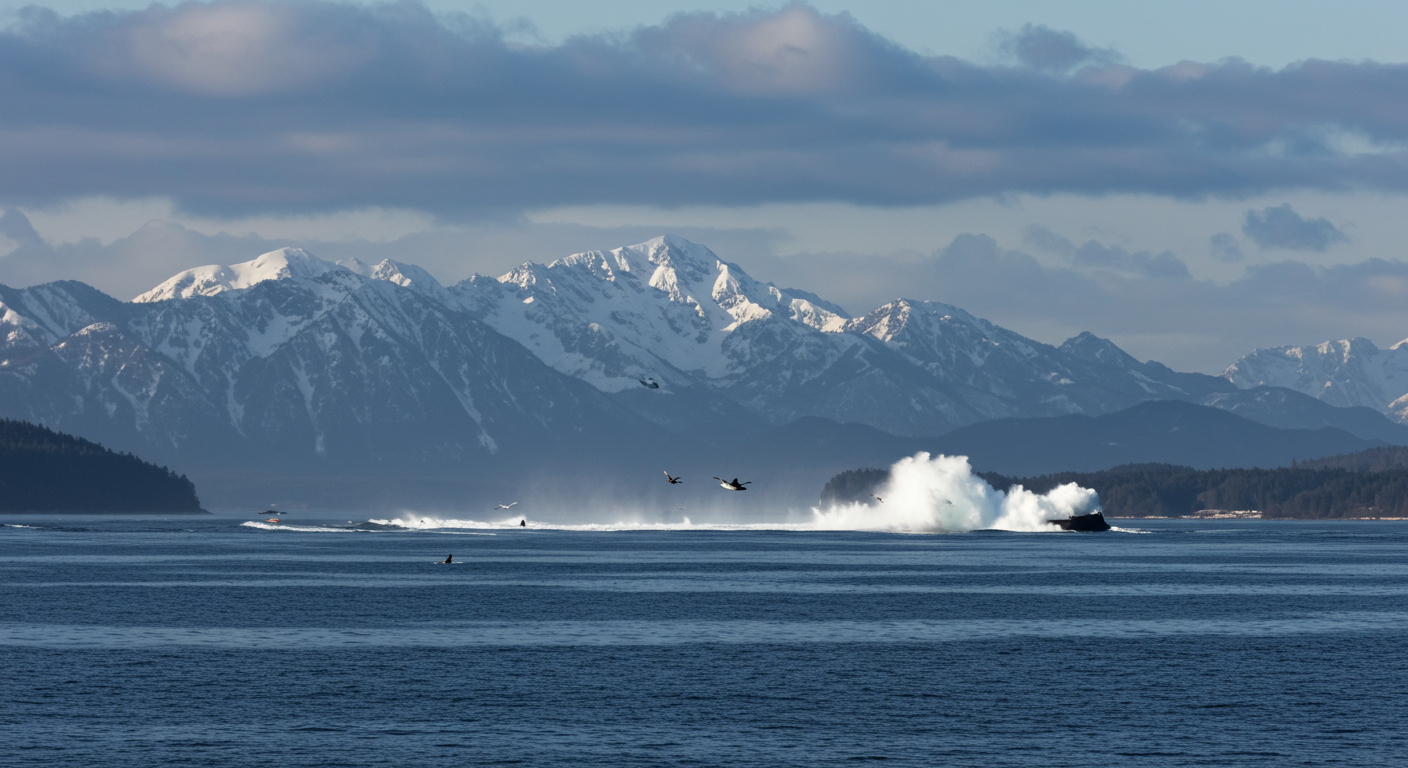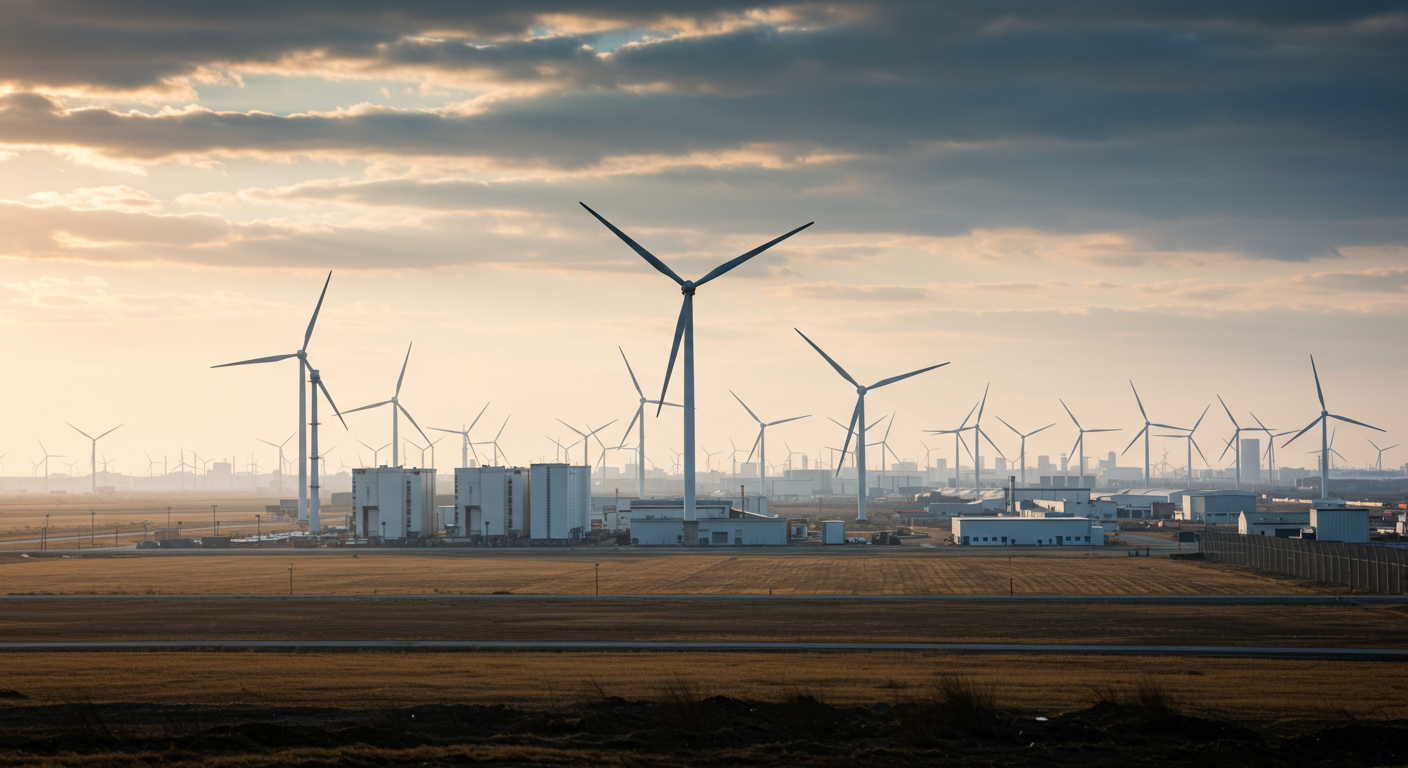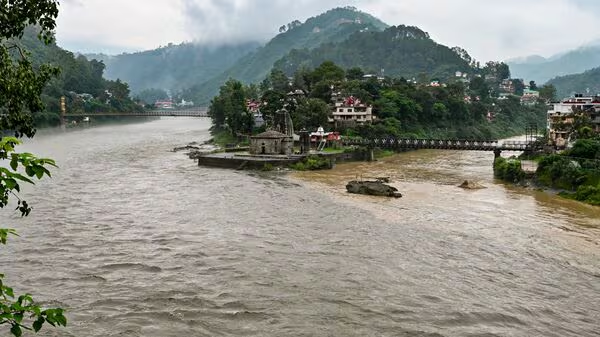Imagine waking up to news of the earth shaking violently, miles beneath the ocean’s surface. A powerful ripple effect begins, not just in the water, but across continents, triggering alerts and fears in coastal communities thousands of miles away. This isn’t a scene from a disaster movie; it’s a stark reality that unfolded recently after a significant earthquake struck off the coast of Russia’s Kamchatka Peninsula. It sent shivers, both literal and metaphorical, across the Pacific, prompting tsunami warnings for Japan, Alaska, and Hawaii. Such events are powerful reminders of nature’s might and our constant need for vigilance and preparedness.
When the Earth Trembles: The Kamchatka Earthquake
In the early hours of a recent Thursday, a massive 7.3 magnitude earthquake rattled the seafloor near Russia’s remote Kamchatka Peninsula. For those unfamiliar, Kamchatka is a volcanic wonderland, part of the notorious “Ring of Fire,” a horseshoe-shaped area in the Pacific Ocean known for intense seismic activity. Earthquakes in this region are not uncommon, but one of this magnitude carries the potential for widespread impact, especially when it happens under the ocean. The energy released by such a powerful quake can displace colossal volumes of water, setting off a chain reaction that travels across oceans: a tsunami.
While the immediate impact on Russian coasts was thankfully reported as minimal, the underwater tremors quickly put emergency services and coastal populations across the Pacific on high alert. The very nature of a tsunami means that the danger isn’t confined to the earthquake’s immediate vicinity; it can travel thousands of miles, striking unsuspecting shores hours later. This makes accurate and timely warnings absolutely critical for saving lives.
Tsunami Warnings: A Race Against Time and Waves
When an undersea earthquake of a certain magnitude occurs, specialized tsunami warning centers around the world spring into action. They use seismic data, ocean buoys, and sophisticated models to predict if and when destructive waves might reach various coastlines. These warnings are not always perfect, and sometimes initial alerts are scaled back as more precise data becomes available, but they are always issued out of an abundance of caution and the paramount goal of public safety. The recent Kamchatka quake was no exception, triggering an immediate flurry of alerts.
For places like Japan, which has a long and painful history with tsunamis, these warnings are taken extremely seriously. Their preparedness systems are among the most advanced globally. Similarly, in the US, agencies like the National Weather Service’s Tsunami Warning System closely monitor the situation, issuing advisories and warnings for states and territories across the Pacific. Understanding what these different levels of warning mean can be life-saving for anyone living in or visiting a coastal area.
Japan’s Immediate Response: Vigilance and Evacuation Calls
Following the Kamchatka quake, Japan was among the first nations to issue a direct tsunami warning for its Izu and Ogasawara islands. These remote islands, while beautiful, are vulnerable to distant seismic events. The warning anticipated initial waves of up to 1 meter (about 3 feet), which might sound small but can be incredibly destructive when they come ashore as a wall of water, especially in low-lying coastal areas. Authorities wasted no time urging residents to evacuate from coastal regions to higher ground, a familiar and vital protocol in a country that has tragically experienced the devastating power of tsunamis in the past.
While reports later indicated that the observed waves in Japan were significantly smaller than initially feared, this swift response highlights the efficacy of their disaster preparedness. It’s a testament to how crucial it is to act immediately on warnings, regardless of how minor the initial threat might seem. The “better safe than sorry” approach is literally a life-saving philosophy when dealing with unpredictable natural phenomena like tsunamis.
US on Alert: Alaska, Hawaii, and the Pacific Coast
Thousands of miles across the Pacific, the United States also felt the ripples of the Kamchatka quake. The US Tsunami Warning System issued various alerts for Alaska, Hawaii, and even parts of the US Pacific coast. For Hawaii, a popular tourist destination and home to vibrant coastal communities, a tsunami advisory was issued. This advisory means “stay out of the water” – it’s less severe than a full warning, but still indicates a potential for dangerous currents or waves that could impact swimmers, boaters, and those near the shore.
Alaskan coastal regions, being closer to the source of the earthquake than Hawaii, also braced for potential impact. The varying levels of alerts issued across different regions underscore the complex nature of tsunami propagation and the importance of localized assessments. For residents and visitors in these areas, receiving clear instructions from authorities and understanding basic tsunami safety protocols is paramount. Whether it’s moving inland, staying away from beaches, or simply staying informed, public cooperation is key to minimizing risks.
The Science of Surging Waters: How Earthquakes Cause Tsunamis
So, how exactly does an earthquake on the seafloor create such a far-reaching and destructive wave? It all comes down to displacement. When a large earthquake occurs underwater, especially one where the ocean floor abruptly shifts vertically, it can push an enormous column of water upwards. Imagine suddenly lifting a huge bathtub full of water from beneath – the water will surge outwards. This initial displacement creates a series of powerful waves that can travel across entire ocean basins at incredible speeds, often comparable to a jet plane.
Out in the deep ocean, a tsunami wave might only be a few feet high, making it almost imperceptible to ships. But as it approaches shallower coastal waters, the wave begins to slow down, and its energy gets compressed. This causes the wave to gain tremendous height and force, transforming into a towering wall of water or a series of powerful surges that can inundate vast areas of land, carrying immense destructive power. Understanding this basic science helps us appreciate the necessity of early warnings and robust coastal defenses.
Preparedness: Our Best Defense Against Nature’s Fury
The recent events stemming from the Kamchatka earthquake serve as a powerful reminder: living in a world prone to natural disasters requires constant preparedness. For coastal communities, this means not just having robust warning systems but also educating residents on what to do when an alert is issued. Knowing your evacuation routes, having an emergency kit, and staying informed through official channels are not just recommendations; they are vital steps that can save lives.
From the immediate evacuation calls in Japan to the “stay out of the water” advisories in Hawaii, this incident showcased how quickly communities can mobilize and respond. It also highlighted the importance of international cooperation in monitoring seismic activity and sharing critical information. While we cannot prevent earthquakes or tsunamis, we can certainly mitigate their impact through effective planning, rapid response, and a globally connected system of vigilance.
Lessons Learned and Moving Forward
Fortunately, in this particular instance, the worst-case scenario did not materialize. The widespread destructive tsunami that could have followed a 7.3 magnitude earthquake in the Pacific did not occur. Initial waves were smaller, and warnings were eventually scaled back or cancelled as the threat diminished. This outcome is a testament to the fact that not every powerful undersea earthquake will generate a devastating tsunami, but it also underscores that every such event holds that potential.
The Kamchatka earthquake and subsequent tsunami alerts provided a valuable real-world drill for many coastal regions. It reinforced the message that while technology and science have advanced our ability to predict and warn, human response and community resilience remain our strongest assets against the raw power of nature. Staying informed, respecting the power of the ocean, and following official guidance are simple yet profound actions that empower us to navigate a world where the earth constantly moves beneath our feet.









